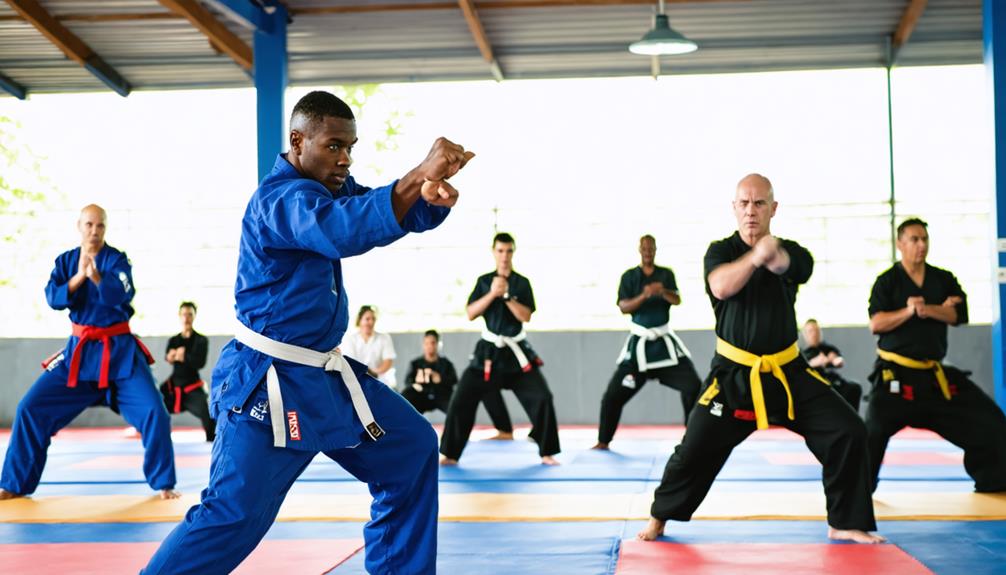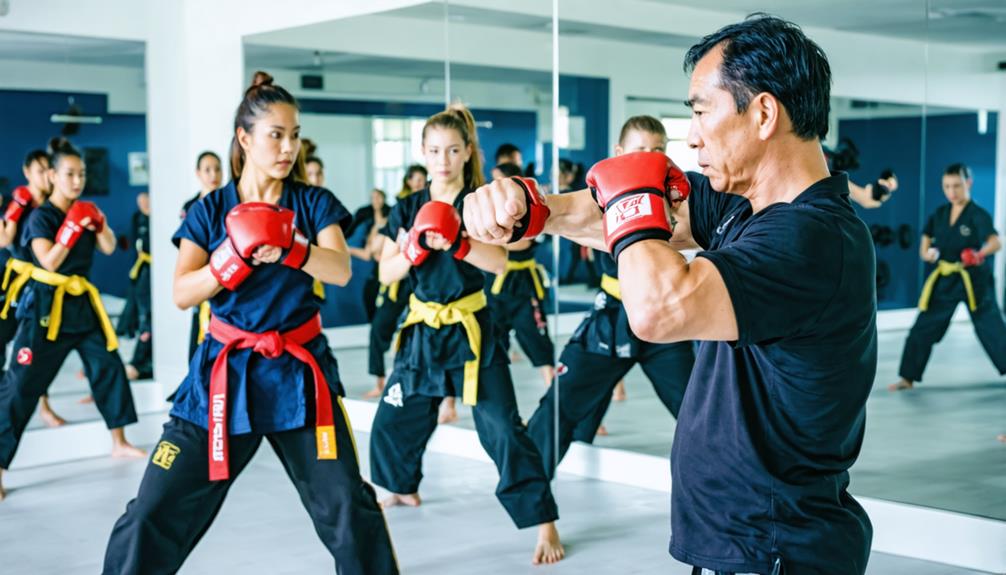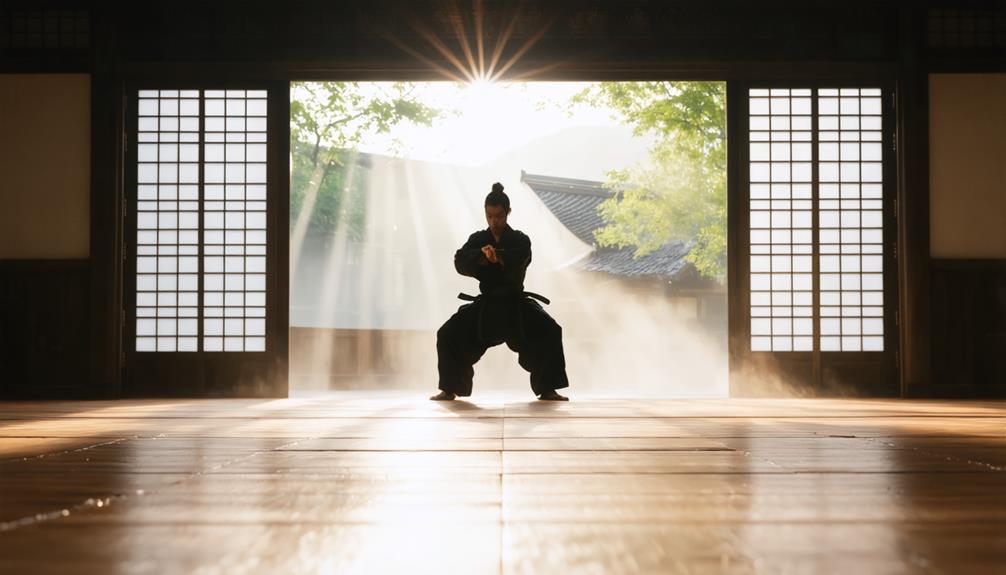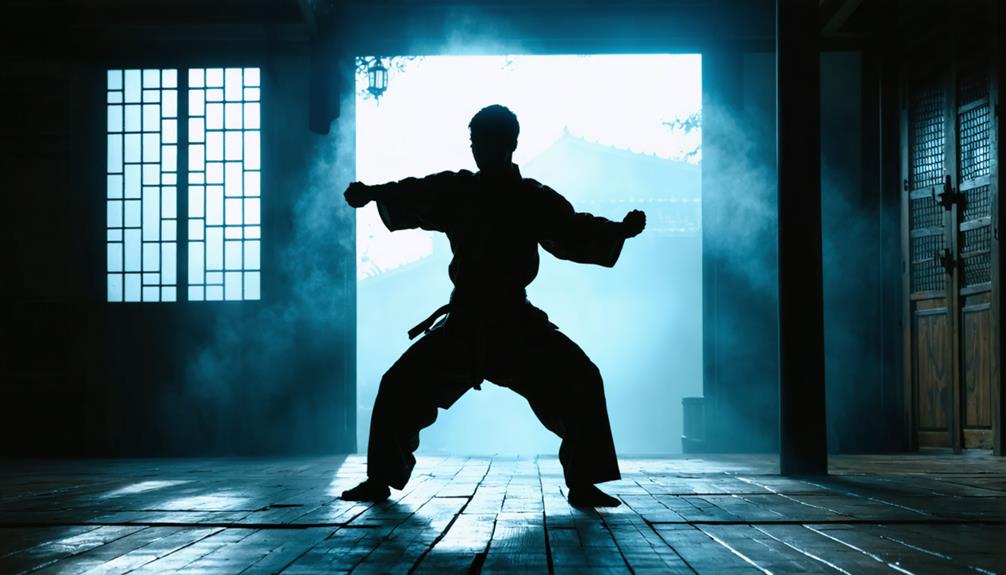
Brainstorm Security Shop

For Orders Over $199

On Any Of Our Products

Details On Refund Page
Personal defense is a multifaceted discipline that extends beyond mere physical confrontation, offering a comprehensive approach to personal safety. It integrates the art of situational awareness, the strategic use of non-lethal tools, and the critical understanding of legal boundaries. As individuals navigate an increasingly unpredictable world, the cultivation of a resilient mindset becomes paramount. What are the essential skills and knowledge required to truly empower oneself in this realm? Exploring the interplay between confidence, preparedness, and the practicalities of self-defense unveils an intriguing landscape worth examining further.
Personal defense, encompassing a range of strategies and techniques, is crucial for ensuring personal safety and security in various situations. Understanding personal defense begins with recognizing the psychological aspects involved, often referred to as self-defense psychology. This concept involves mental preparedness and the cultivation of a mindset that is both aware and responsive to potential threats.
By fostering an understanding of self-defense psychology, individuals can develop the confidence needed to effectively employ personal safety strategies. These strategies encompass a variety of measures designed to prevent or respond to dangerous scenarios. They include simple yet effective tactics such as maintaining a safe distance from potential threats, utilizing body language to convey confidence, and being prepared to de-escalate or disengage from a confrontation.
Additionally, the development of these strategies often involves training in specific self-defense techniques that can be applied when necessary. Ultimately, the goal of understanding personal defense is to empower individuals with the knowledge and skills required to protect themselves.
Situational awareness is a critical component of personal defense, encompassing the ability to recognize subtle changes in one’s environment.
By accurately reading body language cues, individuals can discern intentions and anticipate actions, thereby enhancing their response to potential threats.
Identifying these threats early allows for more effective decision-making and personal safety strategies.
While navigating through daily life, maintaining a keen awareness of one’s surroundings is crucial for personal safety. Recognizing environmental changes involves understanding and interpreting environmental cues that may indicate potential risks or threats. These cues could include alterations in lighting, unexpected sounds, or unusual activity in familiar settings. By being vigilant, individuals can develop adaptive responses that enhance their personal defense strategies.
Environmental cues serve as indicators that something may be amiss. For instance, a sudden drop in street activity, or the presence of unfamiliar vehicles parked nearby, can signal a change in the environment that warrants attention. It is important to remain observant and question anomalies in one’s surroundings. This proactive approach allows for timely decision-making, which can be pivotal in avoiding dangerous situations.
Adaptive responses to these cues can be as simple as altering one’s route, increasing personal distance from uncertain areas, or preparing to seek assistance if necessary.
Cultivating this heightened level of situational awareness requires regular practice and mindfulness. Through recognizing environmental changes, individuals can better protect themselves, ensuring their personal safety and well-being in an ever-changing world.
Understanding body language cues is a critical component of situational awareness, providing invaluable insights into the intentions and emotions of those around us.
Body posture, for instance, can reveal confidence or insecurity, depending on whether someone stands tall or slouches. Facial expressions often serve as a window into one’s emotional state, with frowns and smiles indicating displeasure or satisfaction, respectively.
Eye contact is another powerful cue; direct eye contact can suggest either confidence or aggression, while avoidance may signal discomfort or deceit.
Hand gestures further enhance our understanding of intent. Open palms can indicate honesty, while clenched fists might suggest tension or aggression.
Proximity signals, such as how closely someone stands next to another, can reveal comfort levels or dominance. Rhythmic patterns, such as tapping fingers or feet, may indicate impatience or anxiety.
Recognizing emotional cues, like a sudden change in tone or body language, can alert us to shifts in mood or intent.
Cultural differences play a significant role in interpreting these cues accurately, as gestures and stances carry different meanings across societies.
Therefore, understanding these nuances is essential for effective intent interpretation and maintaining personal defense.
Recognizing potential threats is a vital aspect of situational awareness and personal defense. Effective threat assessment involves a comprehensive understanding of situational threats and environmental factors that may compromise personal safety. By conducting a thorough risk analysis, individuals can identify potential dangers and develop appropriate defensive strategies.
Recognizing behavioral indicators is crucial in this process, as these signs often precede a threat. For instance, erratic movements, unusual body language, or suspicious behavior can signal an impending risk.
Environmental factors also play a significant role in threat recognition. Crowded places, poorly lit areas, or locations with limited exits can increase vulnerability. A vulnerability assessment helps in pinpointing these weaknesses, enabling individuals to take proactive measures to mitigate risks. Awareness of one’s surroundings and maintaining a heightened sense of alertness are essential components of personal defense.
Proactive measures, such as planning safe routes, avoiding high-risk areas, and staying informed about local crime statistics, can significantly enhance personal safety. Implementing defensive strategies, such as self-defense training or carrying personal security tools, further empowers individuals to respond effectively in threatening situations.
In essence, identifying potential threats is about being prepared, vigilant, and ready to act when necessary.

Mastering physical self-defense techniques is essential for enhancing one’s safety and confidence in potentially threatening situations. These skills encompass a range of methods including grappling techniques and striking methods, both of which are vital for effective self-protection.
Grappling techniques focus on controlling an opponent, allowing for escape strategies or positioning oneself advantageously for counterattacks. Striking methods, on the other hand, involve using hands, elbows, knees, and feet to incapacitate an attacker swiftly.
Defensive postures are fundamental to maintaining balance and readiness for any assault. Understanding counterattack principles ensures that one can transition from defense to offense seamlessly.
Training drills are crucial for ingraining these techniques into muscle memory, emphasizing the importance of body mechanics and flexibility exercises to enhance agility and strength.
Utilizing striking pads during practice helps refine precision and power, while partner practice fosters real-time application and adaptation of learned skills.
Self-defense choreography offers structured sequences that simulate realistic scenarios, ensuring preparedness in diverse situations. Situational drills further aid in adapting techniques to various environments and contexts, enhancing one’s ability to respond effectively in unpredictable circumstances.
Non-lethal defense tools, such as pepper spray and stun guns, offer effective means of personal protection without the risk of causing permanent harm.
Pepper spray is valued for its ability to temporarily incapacitate an assailant, providing a crucial window for escape.
Additionally, stun guns offer the advantage of delivering an immediate electric shock that disrupts muscle function, further enhancing personal safety in threatening situations.
Pepper spray stands as one of the most widely adopted non-lethal defense tools, valued for its ability to incapacitate aggressors temporarily. With various pepper spray types available, understanding the nuances of pepper spray usage is crucial for ensuring effectiveness and safety.
Effective pepper spray can cause intense discomfort, irritation, and temporary blindness, making it a potent deterrent. However, users must be aware of pepper spray laws, which differ significantly across jurisdictions, affecting both ownership and deployment.
Proper pepper spray training is essential, as it helps individuals learn how to effectively deploy the spray under stress. Training can also dispel common pepper spray myths, such as its ineffectiveness in windy conditions—proper technique can mitigate such challenges.
Moreover, pepper spray safety involves not only its use but also pepper spray storage; it should be kept in a secure, easily accessible location to prevent accidents.
When considering pepper spray alternatives, it’s important to assess personal needs and circumstances. While pepper spray effects are generally non-lethal, they can be severe, so informed decision-making is vital.
Ultimately, understanding these aspects ensures preparedness and enhances personal safety without resorting to lethal measures.
A stun gun serves as a valuable ally in personal defense, offering a reliable alternative to more dangerous weapons. As a non-lethal tool, it provides a means of protection without the severe consequences associated with firearms. One of the primary advantages of stun guns is their ability to incapacitate an attacker temporarily, giving the user time to escape or call for help. The use of electrical charge to disrupt muscle function highlights its effectiveness, while stun gun safety features are designed to prevent accidental discharge, ensuring user protection.
Moreover, stun gun alternatives, such as tasers, often come with additional complexities in operation and legal restrictions. Comparatively, stun guns are more straightforward, making them accessible to a broader audience. Their compact design allows for easy concealment and portability, which is crucial for on-the-go safety.
| Feature | Stun Gun |
|---|---|
| Portability | High |
| Complexity | Low |
| Legal Concerns | Minimal |

Selecting the right self-defense class can be a pivotal decision in empowering oneself with the skills needed for personal safety. When choosing a class, consider various self-defense styles, as each offers unique techniques and philosophies. For instance, Krav Maga emphasizes practicality and real-world scenarios, while Brazilian Jiu-Jitsu focuses on ground fighting and submissions. Assess which style aligns with your personal goals and physical abilities.
Another important factor is class duration. Some courses offer intensive weekend workshops, which can be suitable for those with limited time, providing a condensed overview of self-defense techniques. Alternatively, longer-term classes, spanning several weeks or months, allow for comprehensive skill development and regular practice, ensuring techniques become second nature.
Evaluate the instructors’ credentials and teaching methodologies. Experienced trainers with a background in martial arts or law enforcement can provide practical insights and ensure a safe learning environment. Additionally, consider class size, as smaller groups often facilitate personalized instruction and increased engagement.
Ultimately, choosing the right self-defense class involves aligning the style and duration with personal objectives, ensuring the program meets your needs for effective self-protection. By doing so, individuals can build confidence and preparedness in facing potential threats.
Understanding the legal considerations in self-defense is crucial for anyone looking to protect themselves within the boundaries of the law. Self defense laws vary significantly across jurisdictions, and it is essential to comprehend these nuances to avoid potential legal repercussions.
The core principle is that self-defense must involve justified force. This means that the defensive tactics employed must be reasonable and proportionate to the threat faced.
A key factor in many self-defense cases is the duty to retreat. Some states require individuals to retreat, if possible, before using force, while others follow the stand your ground doctrine, allowing individuals to use force without retreating.
The concept of reasonable belief also plays a central role; the individual must have a reasonable belief that force is necessary to prevent imminent harm.
Proportional response is another critical aspect, as excessive force can lead to criminal charges. Therefore, understanding what constitutes a proportional response is vital.
Engaging an experienced defense attorney can help navigate these complexities, ensuring that one’s actions remain within legal parameters. Being informed about these elements is essential for effective self-defense without unintended legal consequences.

Confidence is an intangible asset essential for effective personal defense, empowering individuals to act decisively in high-pressure situations. Building confidence and a strong mindset can be achieved through a variety of empowerment strategies. These strategies focus on enhancing self-esteem, fostering mental resilience, and employing positive affirmations.
By integrating specific techniques into daily routines, individuals can cultivate a robust mental framework that supports personal defense.
Consider the following methods to bolster confidence and mindset:
To ensure travel safety while abroad, research your destination thoroughly. Maintain cultural awareness by respecting local customs and norms. Stay informed about potential risks and maintain communication with reliable contacts to enhance overall safety.
In crowded spaces, maintain crowd awareness by observing your surroundings and identifying potential threats. Familiarize yourself with escape routes for a swift exit if necessary. Stay vigilant and trust your instincts to enhance personal safety and security.
To protect against cyber threats and online harassment, prioritize password management, enforce social media privacy, increase phishing awareness, practice secure browsing, safeguard against identity theft, manage online reputation, implement cyberbullying response strategies, and utilize data encryption.
Yes, numerous safety apps are available to enhance personal security by providing features like real-time location tracking and direct access to emergency contacts. These applications are designed to offer immediate assistance and heightened protection in critical situations.
In situations where one suspects being followed at night, it is crucial to maintain situation awareness. Identify potential escape routes, remain in well-lit areas, and seek assistance by contacting authorities or entering a nearby public establishment.
Personal defense is a multifaceted discipline that integrates physical techniques, situational awareness, and psychological resilience to enhance individual safety. Mastery of self-defense requires understanding and practicing a variety of skills, from grappling and striking to the effective use of non-lethal tools. Awareness of legal considerations ensures responsible application of these skills. By fostering confidence and a proactive mindset, individuals are better equipped to anticipate and respond to potential threats, thereby empowering themselves to navigate diverse situations with increased security.
